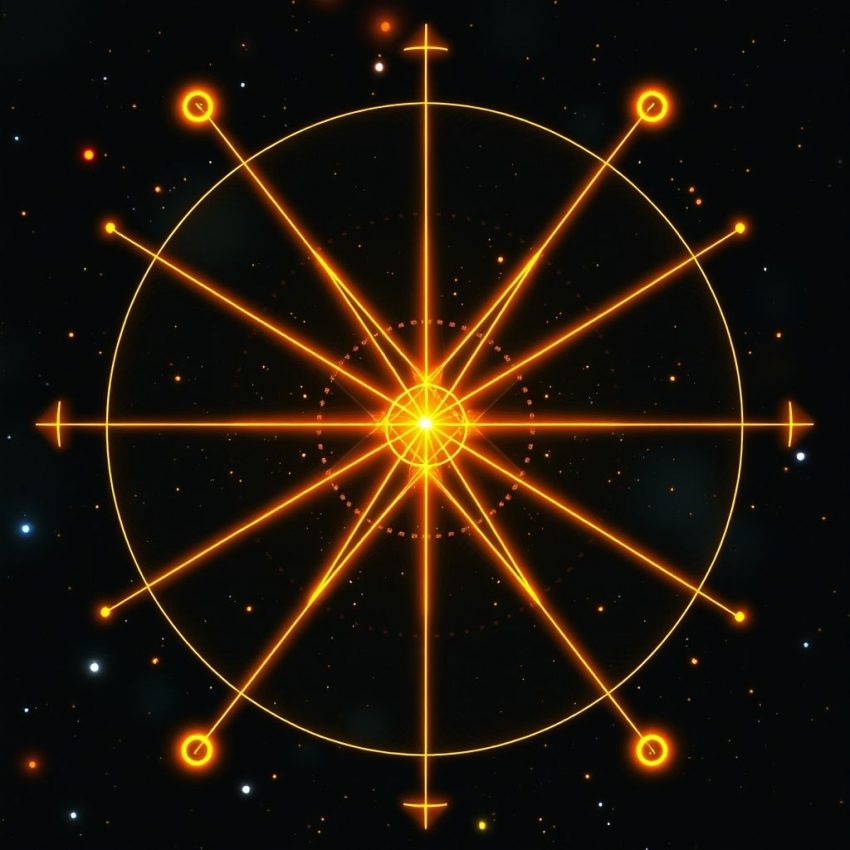A Grand Unified Theory of Math Just Got a Little Bit Closer
For centuries, mathematicians have dreamt of a single, elegant framework encompassing all branches of mathematics – a "Grand Unified Theory" of sorts. While a complete solution remains elusive, a recent breakthrough brings us tantalizingly closer to this ambitious goal. The discovery, detailed in [insert citation/link to research paper here], focuses on [briefly explain the area of math involved, e.g., the connection between seemingly disparate fields like topology and algebra, or a new approach to solving a long-standing problem].
The current mathematical landscape is a fragmented archipelago of islands. Number theory, topology, algebra, analysis – each a rich and complex world unto itself. While connections exist, they often feel ad hoc, like bridges hastily thrown across chasms. The quest for a Grand Unified Theory aims to reveal the underlying unity, demonstrating that these seemingly disparate fields are, in fact, different facets of a single, profound structure.
This latest advancement doesn't necessarily provide a complete unified theory, but it represents a significant step forward. [Explain the key finding in simpler terms, avoiding jargon as much as possible. For example: "Researchers have shown that a specific algebraic structure, previously thought isolated, can be elegantly described using topological methods. This unexpected connection opens up new avenues of investigation and suggests a deeper, unifying principle at work."]
The implications of this discovery are far-reaching. A more unified understanding of mathematics could lead to:
- New problem-solving techniques: By revealing hidden connections, the theory could unlock solutions to currently intractable problems across various mathematical disciplines.
- Advances in other sciences: Mathematics is the language of science. A more unified mathematical framework could provide powerful new tools for physicists, computer scientists, and engineers.
- A deeper understanding of the universe: Mathematics underpins our understanding of the physical world. A unified theory could shed light on fundamental aspects of the universe, potentially revealing deeper symmetries and patterns.
Of course, the road to a complete Grand Unified Theory is likely to be long and arduous. This recent breakthrough represents a significant milestone, but much work remains to be done. However, the excitement generated by this discovery underscores the enduring power of mathematical exploration and the tantalizing possibility that the seemingly disparate branches of mathematics are ultimately connected in elegant and profound ways. This research invigorates the ongoing pursuit of a unified framework, bringing us closer to a deeper, more holistic understanding of the mathematical universe.
What are your thoughts? Do you believe a Grand Unified Theory of mathematics is possible? Share your comments below!
Don’t miss out on this exclusive deal, specially curated for our readers!
This page includes affiliate links. If you make a qualifying purchase through these links, I may earn a commission at no extra cost to you. For more details, please refer to the disclaimer page. disclaimer page.

